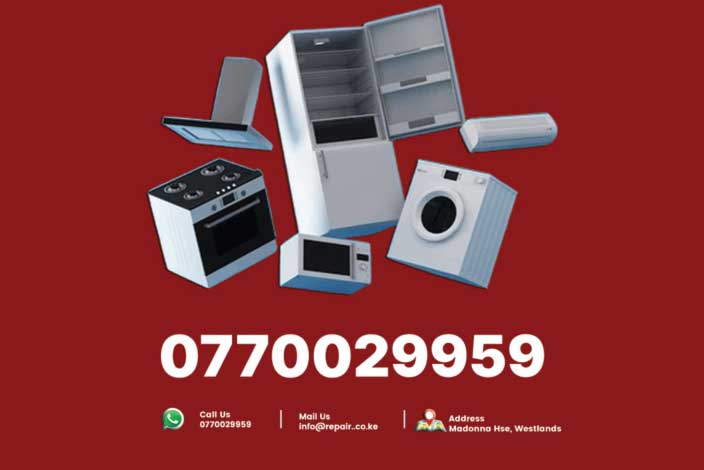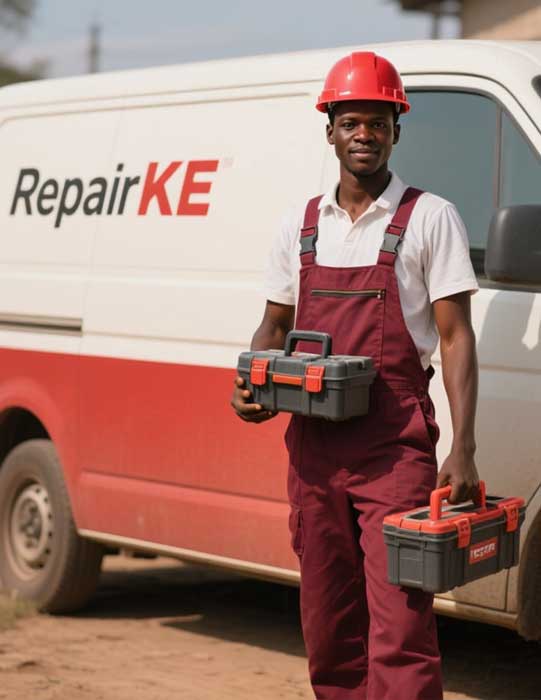Contaminated Weld Pool
Authored by Repair.co.ke
A contaminated weld pool results in defects like porosity, inclusions, or weak welds, compromising the weld’s strength and appearance. This fault occurs when foreign substances, such as dirt, oil, or moisture, enter the molten weld pool during welding.
Common causes include dirty workpieces or filler materials, which introduce contaminants like rust, grease, or coatings. Inadequate shielding gas coverage, due to low flow rates or leaks, allows atmospheric gases to contaminate the pool. Machine issues, such as a clogged gas nozzle or faulty solenoid, can disrupt gas delivery. Poor operator technique, such as improper torch handling, can also expose the weld pool to contaminants.
Diagnosing a contaminated weld pool involves inspecting the weld for defects like holes, inclusions, or irregular beads. Check the workpiece and filler materials for cleanliness, ensuring they are free of rust, oil, or moisture. Verify gas flow settings and inspect the gas delivery system for blockages or leaks. Test the machine’s solenoid and wire feed system for proper operation, as faults may require professional repair.
Preventive measures include thoroughly cleaning workpieces and filler materials before welding. Store materials in a dry, clean environment to prevent contamination. Maintain the gas delivery system, ensuring proper flow rates and no leaks. Regular machine maintenance and operator training on proper technique can further reduce contamination risks.
Contaminated weld pools can lead to costly rework or structural failures, particularly in critical applications. By prioritizing material preparation and machine maintenance, welders can produce clean, strong welds.
Authored by Repair.co.ke






